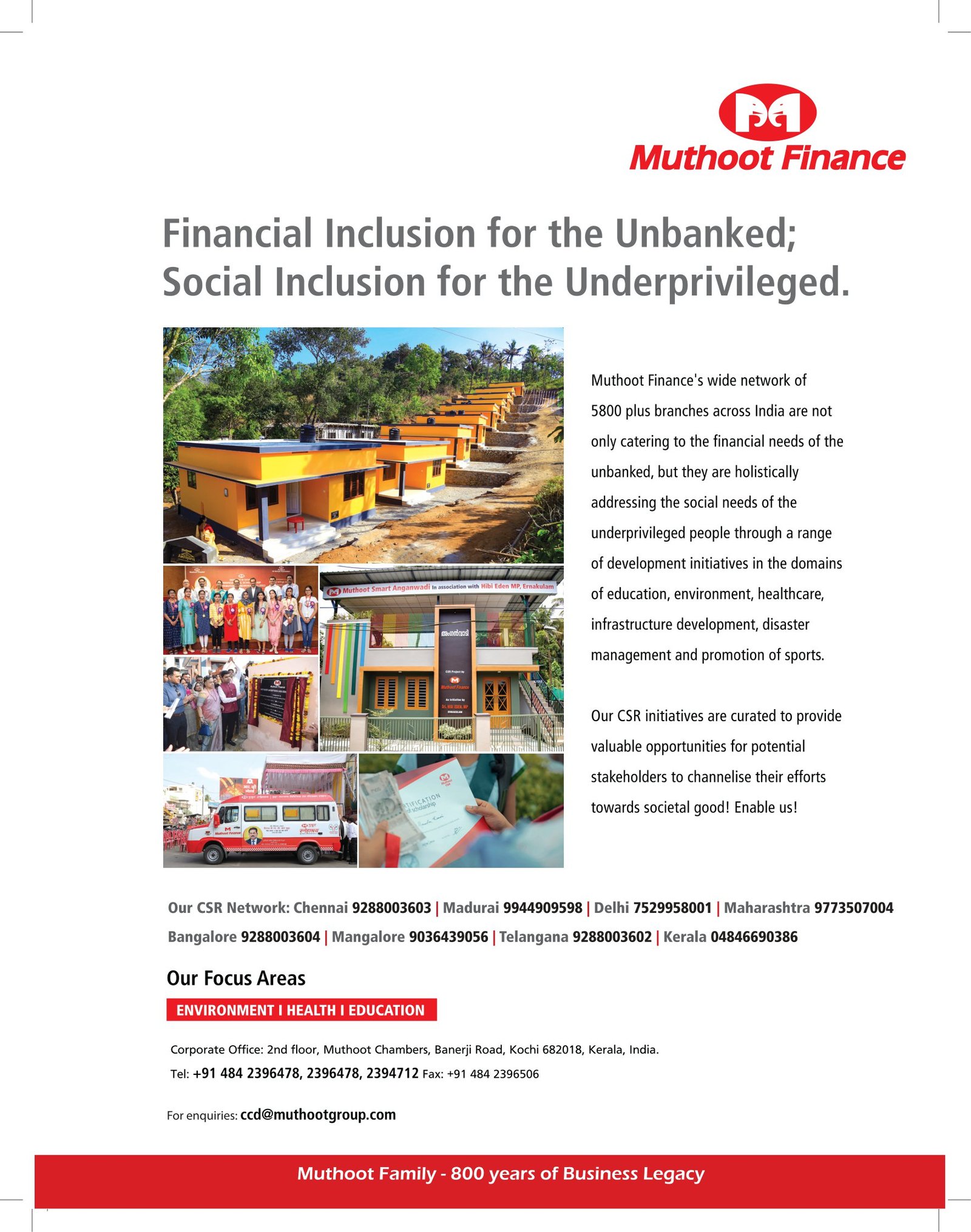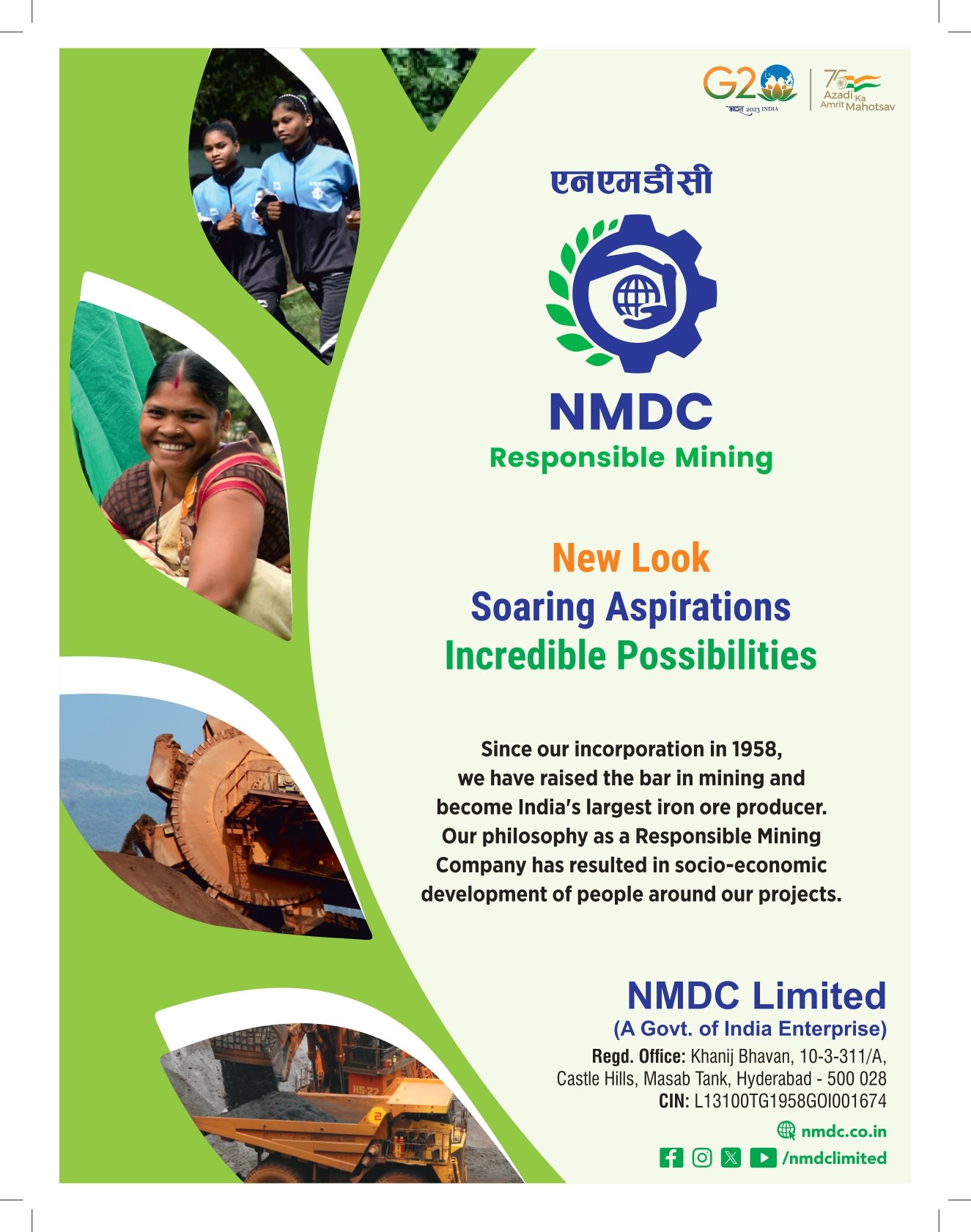In recent times, natural resources have been diminishing expeditiously owing to the rising population, urbanization, and globalization. This has caused environmental deterioration, biodiversity loss, and climate change. Moreover, failure to meet sustainable development goals extends beyond environmental challenges. Concurring with a Reserve Bank of India (RBI) recent study, lost work hours caused by climate change, excessive heat, and humidity can cost the country up to 4.5 percent of its GDP by 2030. Surprisingly, 50 percent of India’s GDP derives from sectors that work in high temperatures. Given the yearly cycle of pollution generated by such sectors, the drain on economic output would be far larger.
To address these serious concerns, sustainable development has arisen as a novel solution that promotes economic progress while protecting a country’s environment and resources for future generations. With a population of 1.4 billion, India has reached the stage where people compete to meet their basic demands for a healthy life. As a result, community involvement has emerged as a driving force behind long-term change, combining collective action, local knowledge, and shared responsibility to create a lasting impact on the environment.
Community participation is essential in supporting sustainable development efforts because it ensures that programs meet local inhabitants’ needs while promoting environmental protection and social equity. By actively integrating community members in the planning, decision-making, and implementation processes, sustainable development initiatives may achieve better success and produce long-term benefits for both people and the environment.
Building Collaboration and Trust
Trust and collaboration among project stakeholders involving developers, government agencies, non-profit organizations, and local people is pivotal to sustainable development. By encouraging effective communication and organizing inclusive meetings and workshops while actively addressing community concerns, a supportive and sustainable environment can be created. Furthermore, by emphasizing cooperation, stakeholders may use local knowledge and resources to co-create solutions that meet community needs while also achieving sustainable goals.
Supporting Local Voices
Empowering local voices and guaranteeing participation from varied community groups are essential components of successful community involvement in sustainable development. Projects that actively involve marginalized or under-represented people, such as indigenous communities, low-income citizens, or minority groups, can incorporate varied viewpoints and goals, resulting in more inclusive and equitable outcomes. Empowering local voices also entails offering chances for capacity building, education, and leadership development, further allowing community people to engage effectively in decision-making processes and take ownership of sustainable efforts.
Evaluating Sustainable Solutions
Developing sustainable solutions with community people entails establishing priorities, defining goals, and creating action plans that reflect local values and priorities. This participatory method allows communities to use their knowledge of the local context, cultural legacy, and environmental resources to help plan and implement sustainable development initiatives. Whether it’s restoring urban green areas, introducing renewable energy programs, or promoting environmentally friendly transportation alternatives, co-designing solutions ensure that interventions are contextually relevant, culturally sensitive, and socially inclusive.
Reinforcing Awareness and Education
Community initiatives to create awareness and educate the residents are critical for strengthening sustainable development. Projects that provide knowledge, tools, and training on sustainability best practices, green technology, and concepts can help community people make informed decisions and apply sustainable practices in their everyday lives. Outreach projects, workshops, and educational programs may also serve to raise public awareness of the relevance of social fairness and environmental conservation, resulting in a more sustainable landscape.
In conclusion, community participation has emerged as a strong catalyst for change to achieve long-term sustainability goals. It increases human impact, and fosters cooperation and creativity while strengthening social ties and resilience. It also teaches and inspires future generations, empowering local solutions. Moving forward, by continually embracing community participation in achieving sustainability, a lasting legacy will be created for future generations.
– Mr. Neeraj Singh
Politician, Chairman UP, FICCI, Young Leaders Forum


































